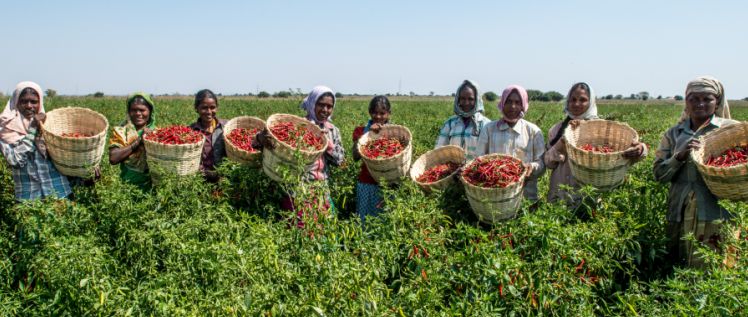The Agrarian Crisis and Its Nutritional Consequences in India
Abstract
India is currently in the grip of an unprecedented agricultural crisis, which has led to the suicide of over 300,000 farmers over the past two and half decades. The crisis has been caused by multiple factors including lack of a sustainable agricultural policy, globalization, and decreased state investment in agriculture concurrent with an increased role of private players and climate change. This has led to reduced income for farmers and increased farmers’ indebtedness, which in turn affects the nutritional status of farming families, particularly women and children. In 2017, India was ranked 100 out of a total of 117 countries by the Global Hunger Index. The focus of state schemes related to nutrition has been on ensuring food security rather than nutrition security.
The agrarian crisis is increasingly making agriculture an unviable occupation and hundreds and thousands of farmers are opting out of working on the land to move to urban areas, where jobs are scarce, further deepening the nutritional crisis. The long-term sustainable solutions include sustainable use of resources of land, seed, and water through promotion of low-input agriculture that is tailored to the nutritional and income needs of farmers and their families, and to the agro-ecological conditions of the region. Agricultural policy must enable the small and marginal farmer to earn a fair income and to be free of debt by ensuring access to procuring agencies, an adequate price for produce, and low-interest micro-loans.

Authors retain all copyrights. In making a submission to World Nutrition, they are certifying that all material is theirs except quotations, as indicated, and that they have obtained permission for any photos, tables, or graphics taken from other publications or websites.




